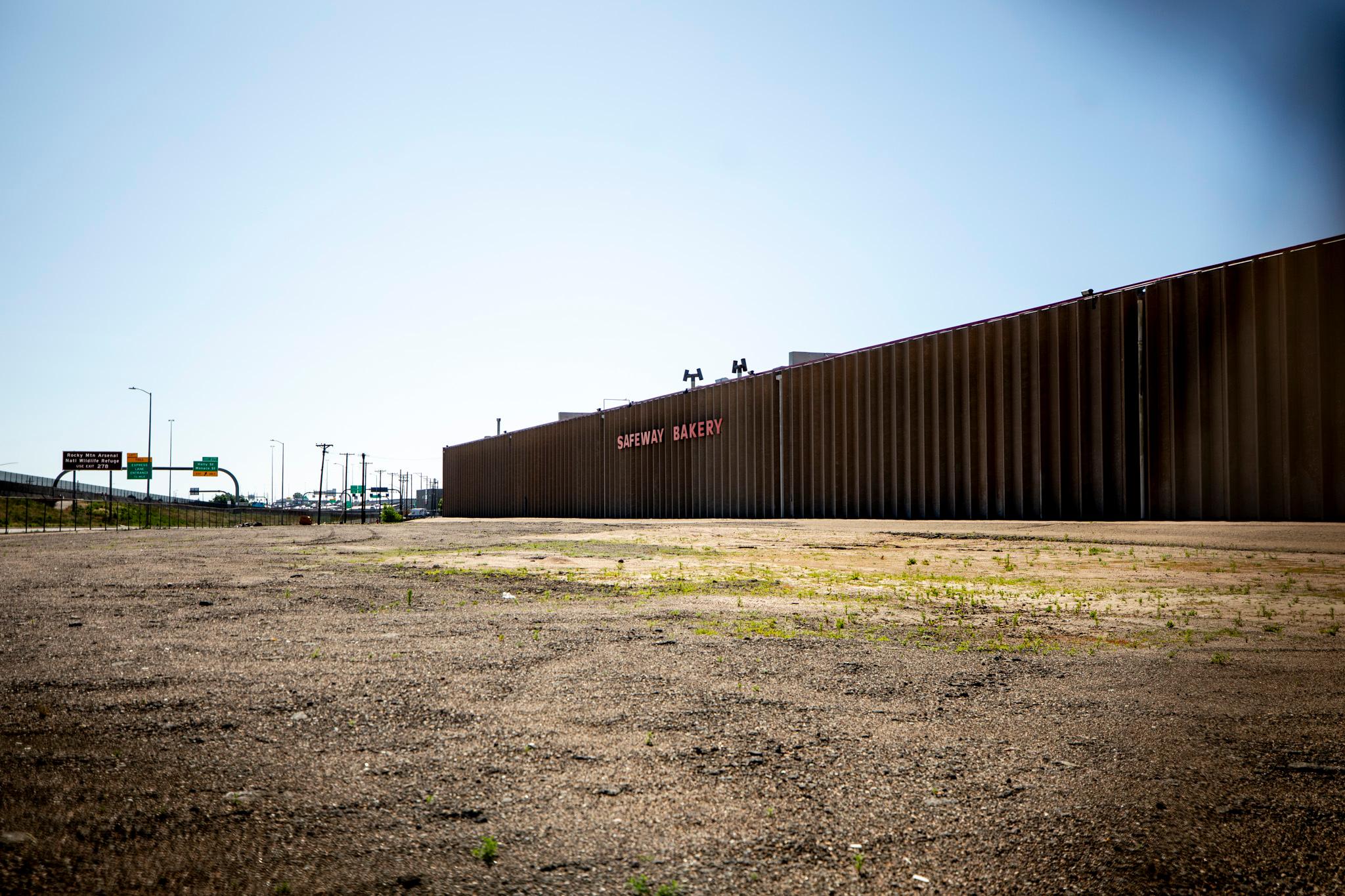Hot summers can devastate canola farmers. Prolonged heat waves can leave behind fields of fallen, shattered oilseed pods and destroy vast amounts of the crop. Why canola (oilseed rape) seedpods disintegrate rapidly in prolonged heat blasts has been something of a mystery, but a new study suggests rising temperatures trigger a genetic cascade in the plant that leads to premature fruit development.
That discovery offers a potential path to protecting canola, which is important in making vegetable oil, and other crops from heat waves. "If people are trying to breed crops for not shattering in heat waves then they have a target gene to work with," says Johanna Schmitt, a plant biologist at the University of California, Davis, who did not work on the study.
As canola seedpods mature, their walls weaken to allow the release of seeds. It's a natural step in its reproductive cycle. It's possible that wild plants accelerate the process during extreme heat so they can disperse seeds before the heat wave kills them. "It's in the [wild] plant's best interest to deposit seeds in the soil before the conditions get too hostile," says Vinod Kumar, an author on the study and a plant biologist at the research institution the John Innes Centre.
But if the domesticated seed crop falls on the ground, it becomes unusable. Often, if the seedpods do not break on their own, prolonged heat waves leave them weak enough that heavy precipitation or winds can finish them off. This happened to Canadian growers in 2012, when a midsummer heat wave and disease, followed by a storm, dashed hopes of a windfall and cut oilseed yields nearly 10 percent from the previous year in western Canada.
"Farmers of canola worldwide lose about 15 to 20 percent on average of their yield because of this shatter phenomenon," says Lars Østergaard, a biologist at the research institute the John Innes Centre in the U.K. and an author of the study. "I spoke with a farmer in Kent who lost more than 70 percent of his crop one year because he harvested on a day after a strong storm had come in."
To see how this happens, the researchers simulated different temperatures in isolated growing chambers. "If you can, imagine a fridge with a lighting and a heating system and racks for plants to grow in," Kumar says. They grew four species from the mustard family — canola, Arabidopsis, pink shepherd's purse and field pepperwort — in these chambers at 17, 22 and 27 degrees Celsius. (That's 63, 72, and 81 degrees Fahrenheit, respectively.)
As the temperatures increased, Østergaard and Kumar began checking for signs of a gene called the Indehiscence or IND gene — code that they knew programmed for seedpod opening in plants. "[The gene] was turned on much earlier and [more intensely than] you would have expected," Østergaard says. As the gene began working, each species' seed pods began developing more quickly and prematurely, reaching a stage where they broke easily.
Most of the time, DNA folds compactly around proteins called histones inside the cell's nucleus. "If the gene is tightly wrapped up, it will be hard to turn it on," Kumar says. The IND gene wraps around a histone, too. When Østergaard and Kumar looked more closely, they saw that the IND gene floated freely when temperatures went up — like the drawer of a filing cabinet popping open — making it easier for the cell to read the gene's instructions and carry them out. This made the pods open earlier. They reported their findings on Monday in the journal Molecular Plant.
With enough study, Østergaard and Kumar think it might be possible to stop heat from doing that for the IND gene. "If we can unlink temperature from that dynamic, then IND would not be turned on," Kumar says. That might slow the seedpod development process enough for farmers to harvest them even through unusually hot seasons or prolonged heat waves, though figuring out how to do that will take a lot more research, Kumar says.
But as climate change increases the risk of heat waves and sweltering summers, this is research that may be sorely needed in the future to protect many crops — not just canola. It's possible that other important food plants respond similarly to the ones Østergaard and Kumar tested, UC Davis' Schmitt says, particularly closely related vegetables like Brussel sprouts, cabbage, turnips and kale.
9(MDEyMDcxNjYwMDEzNzc2MTQzNDNiY2I3ZA004))








